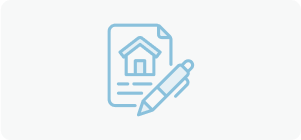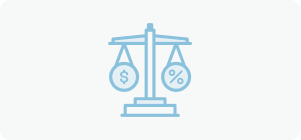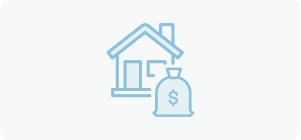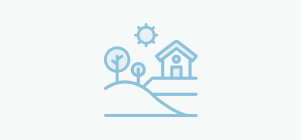



When you take out a conventional mortgage to buy a home in Utah, your lender will require you to get private mortgage insurance (PMI) if your down payment is less than 20% of the home’s purchase price. PMI is a type of insurance that protects lenders against potential default. Your PMI does not protect you if you can’t make your payments. Instead, you might go to foreclosure if you fail to make timely mortgage payments.
If your down payment is less than 20%, your lender will include PMI provided by an insurance company as a part of your mortgage payments. Most lenders include PMI through monthly premiums added to borrowers’ regular mortgage payments. You’ll see the PMI on your closing disclosure and loan estimate form.
Some lenders offer the option to pay PMI as a single upfront payment at closing, while others require both an upfront payment and ongoing monthly premiums. If you refinance your home and originally made an up-front MIP payment, you might receive a refund of the premium you paid.
Once you’ve paid down your mortgage to reach 80% of your home’s original value, you can ask your lender to cancel PMI. If you don’t ask, the lender is required to cancel it automatically once you reach 78% of your home’s original purchase price, or value of the home at the time of your last refinance. However, if you are not close, you might consider a Utah refinance to remove PMI refinance to get rid of your premiums.
If you bought your home with an FHA-backed mortgage, the Federal Housing Administration required you to pay mortgage insurance premiums (MIP) regardless of your down payment’s size. However, your down payment percentage determines how long you are required to continue paying MIP.
If your down payment was at least 10% of your home’s original purchase price, you’ll be required to continue paying MIP for 11 years. If it was less than 10%, the FHA requires MIP for the life of your mortgage. Like conventional mortgages, it’s possible to refinance your FHA mortgage to get rid of MIP payments. If your loan originated after 2013, the only way to cancel MIP if your down payment was less than 10% is to refinance your mortgage into a non-FHA loan.
Utah PMI removal refinance loans have pros and cons you should consider, including:
When you refinance your mortgage to get rid of PMI, you’ll enjoy the following benefits:
Removing PMI through refinance could save you hundreds of dollars each month, potentially saving thousands over the life of your mortgage.
Refinancing your mortgage to remove PMI has the following disadvantages:
Weigh the closing costs of refinancing against the long-term savings you’ll gain from removing PMI. For example, imagine the closing costs on your refinance mortgage total $6,000, and you will save $300 per month in PMI. If you refinance your existing mortgage at the same interest rate you currently have, you’ll save $6,000 in PMI in 20 months, making it worthwhile to move forward with a Utah remove PMI refinance.
If your current interest rate is significantly lower than the rates available on refinance mortgages, the calculation can be more complex. The mortgage professionals at City Creek Mortgage can help you determine whether it makes sense to refinance to get rid of PMI cost.
Refinance options to remove PMI in Utah include the following:
If your home has significantly appreciated since you took out your mortgage, it might make sense to get a conventional refinance loan to get rid of your PMI.
As a part of the process, you’ll need to get your home appraised. If your current mortgage is less than 80% of your home’s appraised value, refinancing makes sense.
Unless you have an FHA loan and paid a down payment of less than 10%, it likely won’t make sense to apply for an FHA streamline refinance loan to remove MIP or PMI. Like other FHA-backed mortgages, an FHA streamline refinance requires you to pay an upfront MIP and monthly MIP premiums for 11 years if your down payment is 10% or more or the life of your loan if it is less.
If you meet the eligibility requirements for a conventional refinance mortgage loan, it’s a better option if you want to remove MIP or PMI.
You’ll need to meet the following requirements to be eligible for a Utah remove PMI refinance loan in Utah:
Most lenders require a minimum credit score of 620 for a refinance mortgage. However, some require minimum scores of 640. To get the best rates, however, your credit score should be 700 or higher.
Your debt-to-income (DTI) ratio is the percentage of your monthly debt payments compared to your income. You’ll need to have a DTI of less than 45% to be approved to refinance your mortgage and remove PMI.
If you want to get rid of PMI through a refinance loan, you’ll need to have at least 20% equity in your home’s current appraised value. If your current mortgage is 80% or less of your home’s current value, you’ll meet this requirement.
Your lender will want to see a verifiable employment history showing regular income. You’ll need to have enough income to meet your daily living expenses, pay your existing bills, and make your new mortgage payments.
Refinancing your mortgage to remove PMI can be a great option for many Utah homeowners. To learn more about whether it’s the right choice for you, contact City Creek Mortgage. You can also check your rates by using our Find Your Best Rate Tool.



